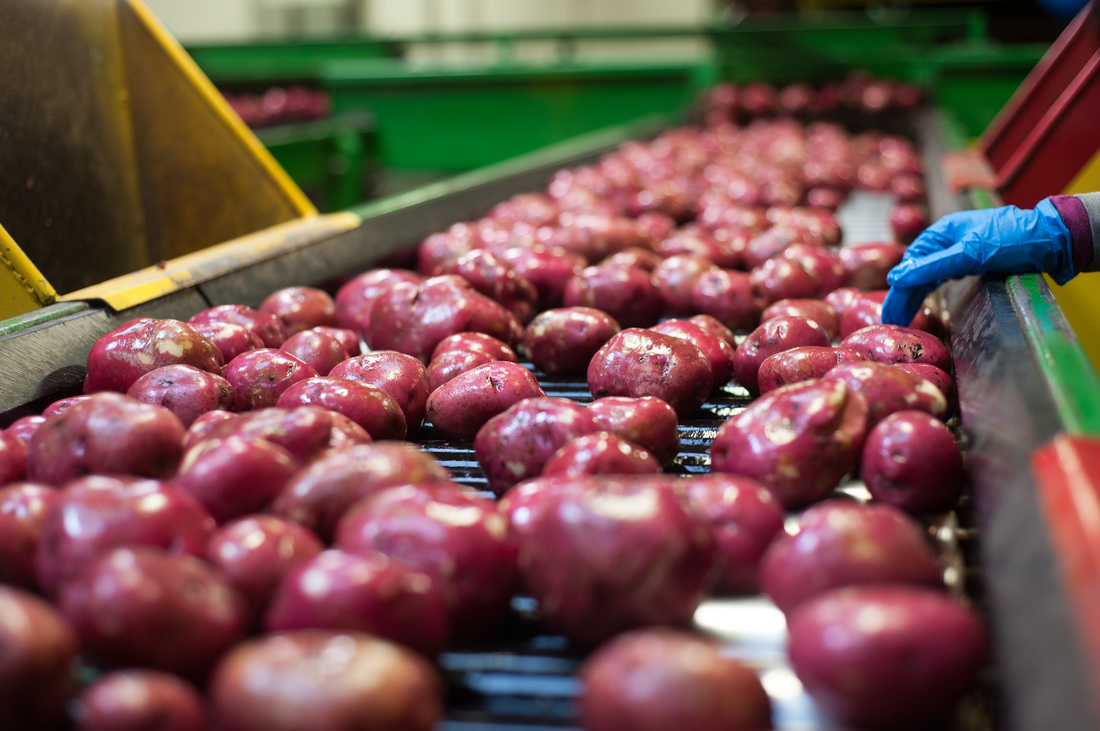Source: Produce Blueprints
Technology can’t change the weather, but it is helping onion and potato growers improve production, protect crops, and find new ways to fight insects and diseases.
In September, the National Onion Association welcomed a $3.25 million USDA award to research pests and disease (specifically white rot, iris yellow spot, and thrips, which spread disease).
The award will combine the efforts of researchers in major dry onion areas across the country, from the West Coast and Idaho to New Mexico and New York.
Producers of both potatoes and onions are always looking for ways to handle tight labor.
“There’s a lot of competition for labor in the area,” says Paul Dolan, general manager at Associated Potato Growers Inc. in Grand Forks, N.D. But even after workers are hired, retaining them can be a struggle too, he says.
Dick Okray, president of Okray Family Farms Inc. in Plover, Wis., agrees, pointing out that “Mother Nature rules our world,” but otherwise, “labor is definitely the number-one challenge.”
So many grower-shippers are turning to technology. “Everybody, including us, is trying to automate,” he continues. “Last year we put in two new lines of auto-graders.” Automation extends to stackers and balers as well.
“Labor is so tight,” says Mike Carter, CEO of Bushmans’ Inc. in Rosholt, Wis., “In our packing shed, we’re finetuning a robot to stack pallets.”
Kevin Stanger, president of Wada Farms Marketing Group LLC, Idaho Falls, Idaho, is a fan of high-tech storage improvements, as higher quality product benefits both growers and consumers.
For its part, Associated Potato Growers has installed new air and humidity control systems in all of its sheds according to Dolan. Potatoes are initially cooled to between 50 to 52 degrees, he says, then lowered to 38 degrees with high humidity (upwards of 95 percent) for optimal long-term storage.
This is an excerpt from the most recent Produce Blueprints quarterly journal. Click here to read the full article.
